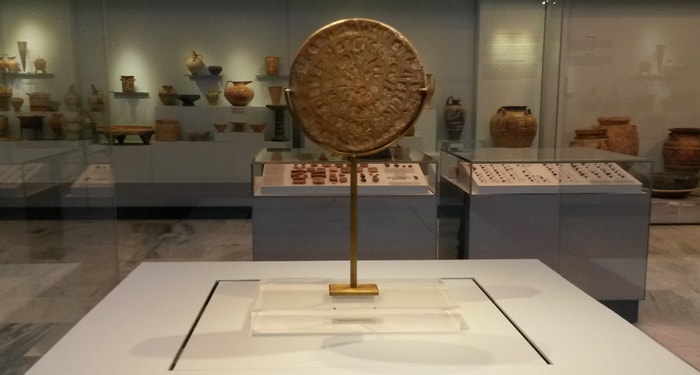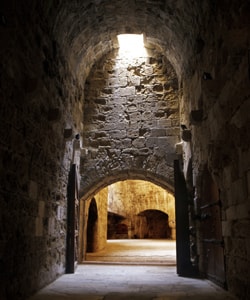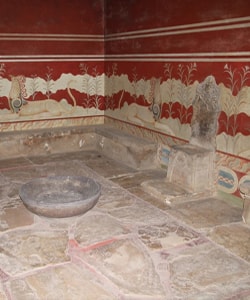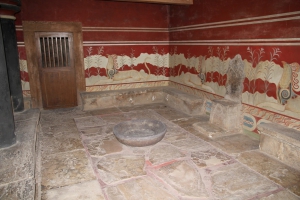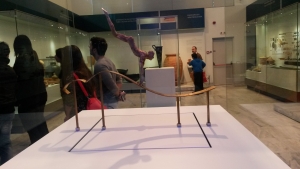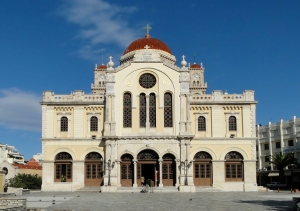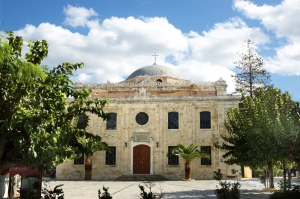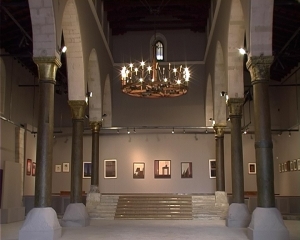Knossos was the most important city on Crete before the Roman Era and the center of the first brilliant European civilization, the Minoan. The palace of King Minos is the most visited archaeological site in Crete with more than 1.000.000 visitors per year.
The imposing medieval fortress of Koules still stands at the beginning of the western breakwater of the modern port of Heraklion. Its real name is Rocca al Mare, named so by its Venetian founders. Koules, or the Great Koules like it is called, was not the sole ruler of the port.
The grave of the important Cretan writer Nikos Kazantzakis (1883-1957) is located at the highest point of the Walls of Heraklion, the Martinengo Bastion, with panoramic views to the ugly, but also historical, concrete jungle of Heraklion.
The collection of the Minoan antiquities in the Archaeological Museum of Heraklion is the largest in the world and the museum is considered the main Museum of Minoan civilization. It is classified as one of the largest and most remarkable museums in Greece and one of the most important in Europe.
The Natural History Museum of University of Crete demonstrates with an impressive and innovative manner the natural environment of the eastern Mediterranean with a special emphasis on Greece and Crete.
Saint Minas is the patron saint and protector of the Grand Castle (Heraklion) and its past combines legend with tradition and the town's history. It was built in 1862, next to the smaller temple of Saint Minas.
During the second Byzantine period, as the largest and prime official church in the city of Chandax, St. Titus became the seat of the new Orthodox Diocese of Crete. The Venetians later installed a Catholic archbishop and converted the church into a Catholic cathedral.
The Municipal Gallery of Heraklion is hosted in the Basilica of Saint Mark in the center of Heraklion, just opposite the famous Lions’ fountain. The basilica was built by the Venetians in 1239, was destroyed by an earthquake in 1303 but restored immediately,
- 1
- 2






